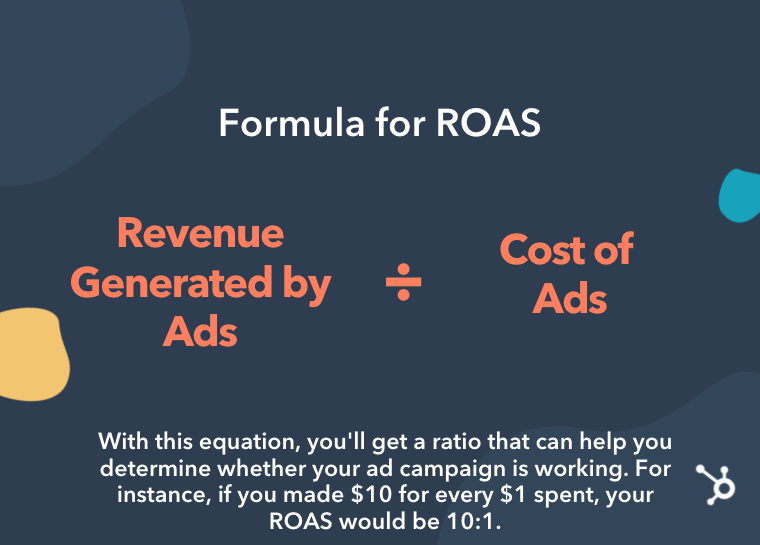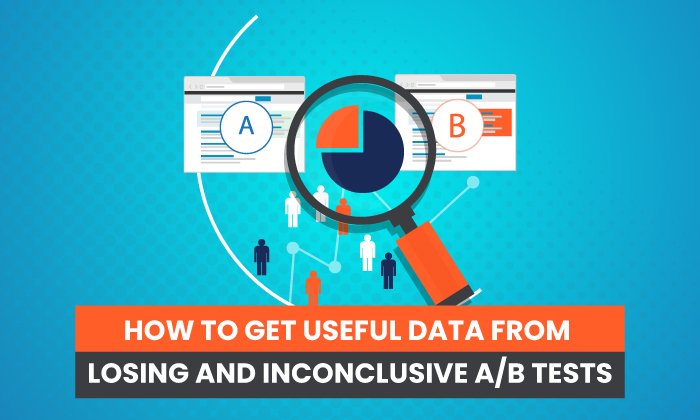Mastering Facebook Ads In 2022 Through Incrementality

There are many resources out there telling you how to optimize your Facebook ads to scale your business’s growth. And while I’m sure they can help in some aspects, you’re probably optimizing your campaigns based on the wrong metrics.
In 2022, Facebook has 1.79 billion daily users. There are plenty of opportunities to create Facebook ads that will drive impressions, link clicks, leads, and more. However, these metrics only scratch the surface of how much impact your Facebook ads can truly have on your business.
As more industry experts focus their media buying on incremental gains, marketers can better measure their Facebook ads’ positive, negative, or neutral impact on their business.
What is incrementality in Facebook Ads?
Incrementality allows marketers to understand how Facebook ads impact their business. Often, advertisers make optimizations to campaigns based on certain metrics, which can dramatically affect the end goal.
It’s crucial for businesses to identify what’s working and what isn’t — especially since Facebook’s ad revenue worldwide was $84.2 billion in 2020. Whether you have a large or small Facebook advertising budget, you want to make sure it’s generating results.
Advertisers can measure incrementality by using control tests and comparing the results from those exposed to an ad versus those who have not. Once the tests have been completed, the results can help your business make smarter decisions on your Facebook ads and optimize your campaigns accordingly.
Why should marketers track incremental return on ad spend (iROAS)?
One minute you’re a marketer, and the next, you’re a data analyst. All jokes aside, information overload is very real in 2022. With all of this data available, there’s the assumption that it should be easy for marketers to pinpoint the best audience to target, understand what point they are at in the Facebook sales funnel, and the best methods to convert them.
However, data dumps and compiling all of this information is incredibly time-consuming. And as digital marketing continues to expand, time is not always on our side. Businesses need to refocus their efforts from heavy reliance on data collection to doubling down on finding the right data—that can assist in smart optimizations and actionable insights to fuel your Facebook campaign’s bottom line.
How to Calculate Incremental Return on Ad Spend
The method for calculating iROAS is different for every publisher. The most methodical approach is by applying a holdout to your Facebook campaign. The holdout on your campaign will act as a control group for Facebook users that will not see your ads. The remaining group of users will be the test audience for your Facebook campaign.
After the test is complete, marketers can compare the results from the test group to the control group. The difference in the results will be your conversion lift, representing the incremental impacts on your conversions.
 iROAS is calculated similarly to ROAS, which is revenue divided by cost. However, this …read more
iROAS is calculated similarly to ROAS, which is revenue divided by cost. However, this …read more
Source:: HubSpot Blog








